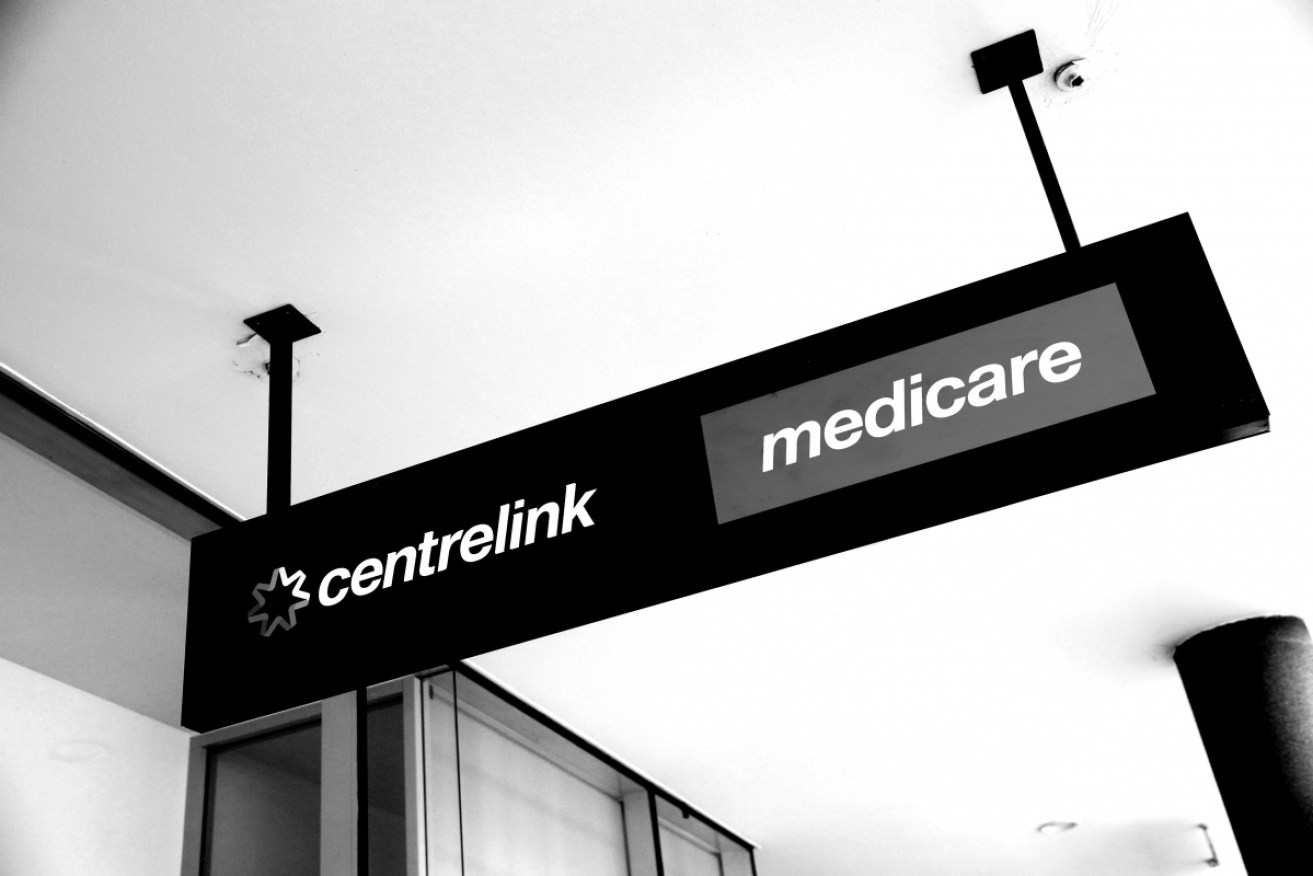Centrelink debacle: How we got into this mess

Welfare debt recovery was automated by Labor, then escalated by the Coalition. Photo: Getty
The Commonwealth Ombudsman has launched an investigation into the Centrelink debt recovery debacle – which both major parties played a hand in creating.
A spokesman for Ombudsman Colin Neave confirmed to The New Daily on Monday that “he is aware” of the concerns raised about the automated data matching system and “has commenced” an inquiry.
“Mr Neave has commenced an own-motion investigation into the matter and is considering the issues on a systemic level.”
Since September, tens of thousands of Australians have received automated letters from Centrelink requesting they prove they were not paid welfare money in error. The elderly, disabled and terminally ill are among those affected by the letters, which are sent ‘blindly’ by autonomous computer systems.
In a statement provided to The New Daily and other media outlets, Labor leader Bill Shorten denounced the automated scheme as a “farce” responsible for a “summer of hell for thousands of people who have done absolutely nothing wrong”.
“They are hounding ordinary Australians for debts they do not owe. It’s a toxic mix of incompetence and cruelty,” Mr Shorten said.
“Malcolm Turnbull needs to end his siesta and take control of this disaster. I’m saying to the Prime Minister, just admit you’ve stuffed this up and suspend the program now.”
Mr Shorten’s statement did not mention that the scheme, in a less onerous form, was instigated by Labor in June 2011.
The New Daily understands the Labor government knew the data matching software and algorithm it put in place were prone to errors, and so the scheme had human oversight from Centrelink employees.
Despite this supervision, there have been sporadic reports since 2011 of angry Australians receiving letters ‘in error’.
Prior to Labor automating the scheme, Centrelink employees would, once a year, personally examine data provided by the ATO in an attempt to identify overpayments. Employees would then contact potentially overpaid welfare recipients by letter asking them to call to discuss the matter further.

Bill Shorten says the Coalition’s escalation of his party’s automated debt recovery system has triggered a “summer of hell”. Photo: Getty
In August 2016, the Turnbull government announced it would escalate the automated scheme by creating the ‘Non Employment Income Data Matching’ project.
The New Daily understands the scheme continues to use Labor’s flawed data matching software and algorithm, but removed the human oversight and dramatically increased its scope.
“The department expects to match each of the approximately 7 million unique records held in its Centrelink database. Based on non-compliance criteria, the department anticipates it will examine approximately 20,000 records in the first phase of the project,” the government announced at the time in the official gazette.
“The class of people who may be affected by the NEIDM project will include welfare recipients who have lodged a Tax Return with the ATO during 2011 to 2014.”
The first letters under the new scheme were sent from September 2016.
The major flaw in the software used by both Labor and the Coalition is that it divides annual income reported to the ATO by 26 to derive ‘fortnightly’ income, and then uses this assumption to ‘catch’ welfare recipients who secretly earned too much.
This average figure is prone to mistakes, as it does not account for fortnight-by-fortnight fluctuations in a person’s income – which determine eligibility for welfare for that specific period.
In response to the public outcry, Department of Human Services general manager Hank Jongen told the ABC last week that the initial letters sent out by Centrelink are “not debt letters”.

Social Services Minister Christian Porter says the scheme is working very well. Photo: AAP
This would appear to be correct. Under the Coalition’s version of the scheme, welfare recipients are initially sent a letter and an SMS message advising them of a potential debt, and asking them to review the figures online.
Recipients are then given 21 days (sometimes less) to dispute the alleged debt with documentary evidence, such as bank statements, pay slips and/or letters from an employer.
If the amount is not disputed, or if Centrelink does not accept that the supplied documentation disproves the debt, a letter demanding payment is issued. If the amount is not paid by the due date, the debt is referred to a private debt collection agency, which may also claim a 10 per cent fee.
The New Daily contacted Dun and Bradstreet, one of the debt collection agencies involved, for comment. It did not respond.
– with James Ried








